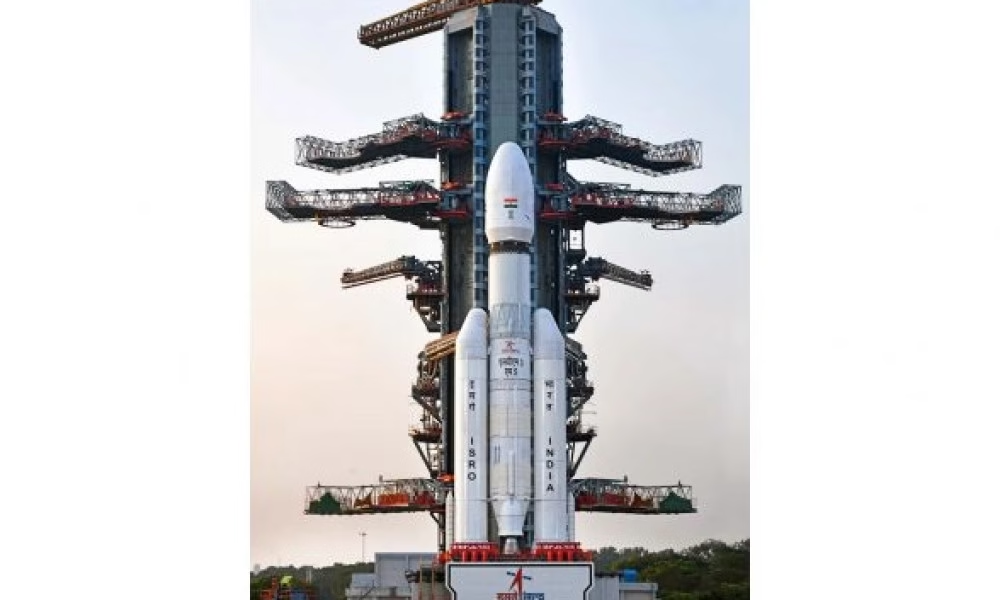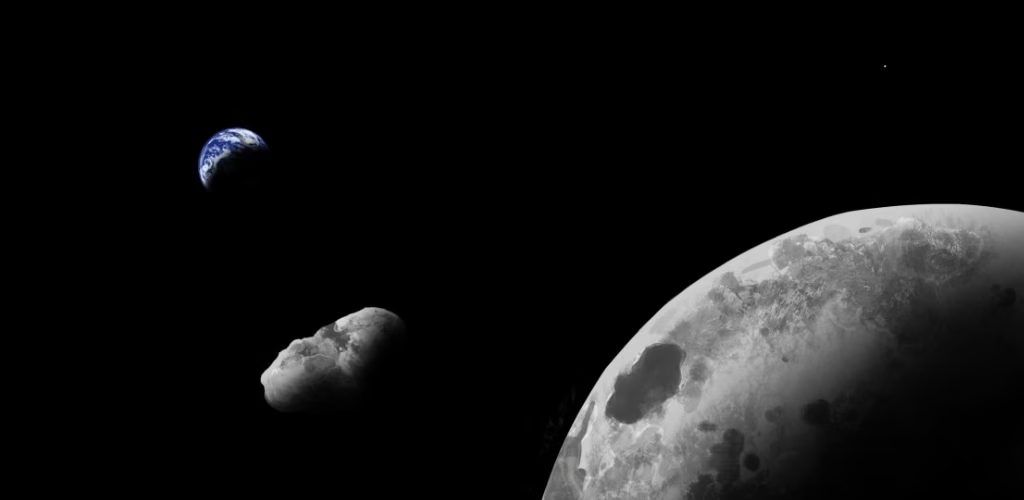
The Indian Space Research Organisation is set to make history today. They will launch the Indian Navy’s GSAT 7R communication satellite, marking a significant milestone in India’s space endeavors. This event showcases the nation’s growing capabilities in space technology.
This satellite represents a remarkable achievement for indigenous development. Weighing approximately 4,400 kilograms, it becomes India’s heaviest communication satellite to date. The sophisticated equipment aboard reflects years of dedicated research and engineering.
Launch operations will commence from Sriharikota’s Satish Dhawan Space Station. The scheduled lift-off time is 5:26 PM from the second launch pad. Space enthusiasts across the nation are eagerly awaiting this momentous occasion.
The CMS-03 satellite will significantly enhance naval operations. It will strengthen the Navy’s space-based communications and maritime domain awareness capabilities. This advanced technology will provide crucial support for maritime security.
Live coverage will be available for all to witness. ISRO will stream the launch event on their official YouTube channel. This allows global audiences to participate in this historic moment.
The satellite incorporates cutting-edge indigenous components. These state-of-the-art systems were specifically developed to meet the Indian Navy’s operational requirements. This demonstrates India’s self-reliance in advanced space technology.
CMS-03 serves as a multi-band communication satellite. It will provide comprehensive services over a wide oceanic region including the Indian landmass. This extensive coverage will benefit various maritime operations.
The reliable LVM3 launch vehicle will carry the satellite. This same vehicle successfully landed India on the lunar South Pole during the Chandrayaan-3 mission. Today marks its fifth operational flight.
This CMS-03 mission sets new records for Indian space programs. It becomes the heaviest communication satellite launched to Geosynchronous Transfer Orbit from Indian soil. The achievement follows ISRO’s successful lunar landing near the south pole.
Preparations for the launch began well in advance. The launch vehicle had been assembled earlier and positioned on the launch pad since October 26. Extensive pre-launch operations ensured everything is ready.
The LVM3-M5 launch will follow a precise sequence. There will be eight distinct phases during the launch process. The CMS-03 separation will occur at approximately 179 kilometers altitude.
The separation will happen at incredible velocity. The satellite will be released while traveling at around 10 kilometers per second. This precise timing ensures proper orbital insertion.
The launch vehicle itself is an engineering marvel. Standing 43.5 meters tall, it has a total lift-off mass of 642 tonnes. This massive structure requires careful engineering and precision.
Three stages of propellants will power the journey. These will enable the satellite to reach the Geo-synchronous Transfer Orbit successfully. Each stage plays a crucial role in the mission’s success.
Today’s launch represents another step forward for Indian space technology. The CMS-03 mission demonstrates continuous progress in satellite development and launch capabilities. This achievement strengthens India’s position in global space exploration.











